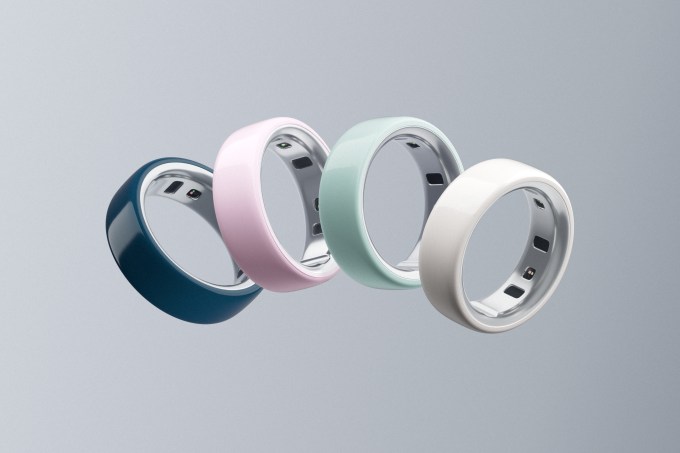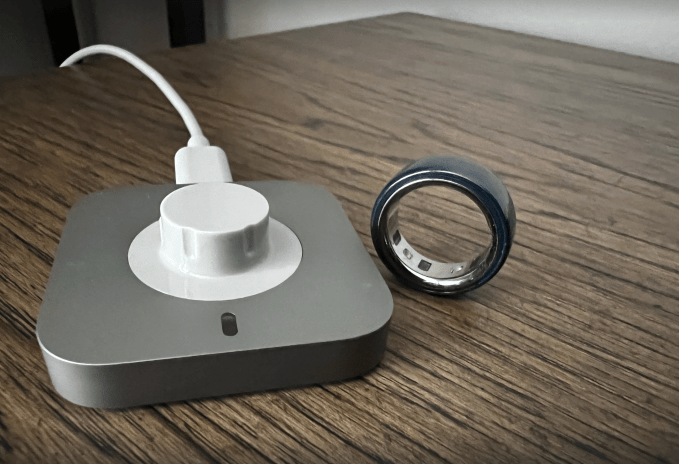To be frank, the majority of tech wearables tend to be cumbersome and not what one would consider attractive. However, if you’re frequently adorning something on your fingers, you likely want it to be visually appealing and possibly integrate seamlessly with your other jewelry. This is the concept behind Oura’s latest smart ring, the Oura Ring 4 Ceramic.
The Ring 4 Ceramic represents Oura’s inaugural series of smart rings that does not include metallic finishes. Instead, they are constructed from zirconia ceramic, a material that is more resistant to wear, which Oura claims provides both elegance and comfort.
I’ve been using the Oura Ring 4 Ceramic over the last three weeks, and here’s what I’ve discovered.
Before getting into the details, it’s important to point out that as the software in the Oura Ring 4 Ceramic mirrors that of the Oura Ring 4, I won’t be exploring the software and hardware aspects extensively. For that, you may refer to our Oura Ring 4 review.
Appearance and sensation
The Oura Ring 4 Ceramic is available in four shades: Midnight (dark blue), Cloud (white), Tide (light teal), and Petal (light pink). The price of the ring is $150 higher than the base price of the standard Ring 4, priced at $500, and it comes in sizes 4-15.
I selected Midnight. Although the hue is classified as dark blue, it may look black from a distance — or even a dark green, according to some. At first glance, the ring doesn’t resemble a tech wearable, which is a plus if you prioritize looks without compromising on functionality.

Compared to the original Ring 4, the Ceramic variant is slightly more robust, but the distinction is barely perceptible. The titanium variant has a thickness of 2.88 mm, while the ceramic variant stands at 3.51 mm.
Techcrunch event
San Francisco
|
October 13-15, 2026
Regarding weight, the ring can range from 5.1 to 8.1 grams, based on the size you select, making it heavier than the Titanium Ring 4, which weighs between 3.3 and 5.2 grams.
Even though the Oura Ring 4 Ceramic is thicker and heavier than its predecessor, I found it to be both comfy and lightweight, particularly when compared to a conventional metal band. It feels much like a regular ring, just a bit thicker.
The ring has a smooth texture and does not collect fingerprints as readily as the titanium options from the Ring 4. Due to the fact that zirconia ceramic is warmer and less slippery than titanium, the Ring 4 Ceramic may feel somewhat “sticky” at times, resulting in the outer surface occasionally adhering to your fingers, but I got used to the sensation pretty fast.
Oura mentions that the ring’s color results from natural minerals within the ceramic itself, ensuring it remains vibrant and does not fade over time. (Of course, since I’ve only had the ring for three weeks, I can’t attest to its long-term durability, but thus far, the color is consistent with what it was on day one.)
Durability
Oura cautions that the Ring 4 Ceramic is susceptible to scratches from softer metals, such as those found in cookware or weights. The company states that these scratches can be managed with the Polishing Pad provided with the ring. (However, the review unit I received from Oura did not come with the Polishing Pad.)
The company further suggests wearing the ring on your non-dominant hand to minimize impacts. Nevertheless, the ring felt just right on my dominant index finger, so that’s where I wore it for the past three weeks. This resulted in increased potential exposure to damage in a shorter time frame than a standard user might experience.

On the first day I wore the ring, I put it through a rigorous travel day at TechCrunch Disrupt, our yearly conference in San Francisco. I was unsure how well the ring would endure as I managed my luggage, inadvertently knocking the ring against several counters (I’m rather clumsy!), or allowing it to graze the airplane window when I leaned in to rest.
As it turned out, the ring emerged from all that without a scratch. There were multiple instances when I thought for sure it had been marked — like when I grasped a rusty railing while ascending the stairs of the Point Arena Lighthouse, forgetting I wore the ring, or neglecting to take it off before washing dishes. However, the ring remained free of any visible marks or lasting damage.
It’s important to note that while the ring is water-resistant up to 100 meters, making it suitable for activities like washing dishes or showering, I chose to remove it during dishwashing because Oura advises that it could get scuffed when in contact with softer metals.
Given that I’ve had the ring for less than a month, I wouldn’t be surprised if it picks up some scuffs or dents over time, especially because of its placement on my dominant hand.
Concluding thoughts
Aside from its appearance, the ring proved to be quite beneficial in providing insights into my heart health, sleep patterns, and stress levels through the Oura app. Each morning, I found myself eager to check my “readiness score,” calculated using both short-term and long-term metrics to indicate how geared up you are for the upcoming day.
Moreover, the battery life is performing well, requiring only weekly charging, which aligns with Oura’s claim of a battery lasting between five and eight days.
Deciding between a titanium or ceramic ring ultimately hinges on your design preferences and budget considerations. With color and material as the sole distinctions between the two, it boils down to whether you prefer a sleek, contemporary finish or the typical metallic smart ring aesthetic.
If you’re after that splash of color and style, then the Oura Ring 4 Ceramic could be the perfect smart ring for you.
